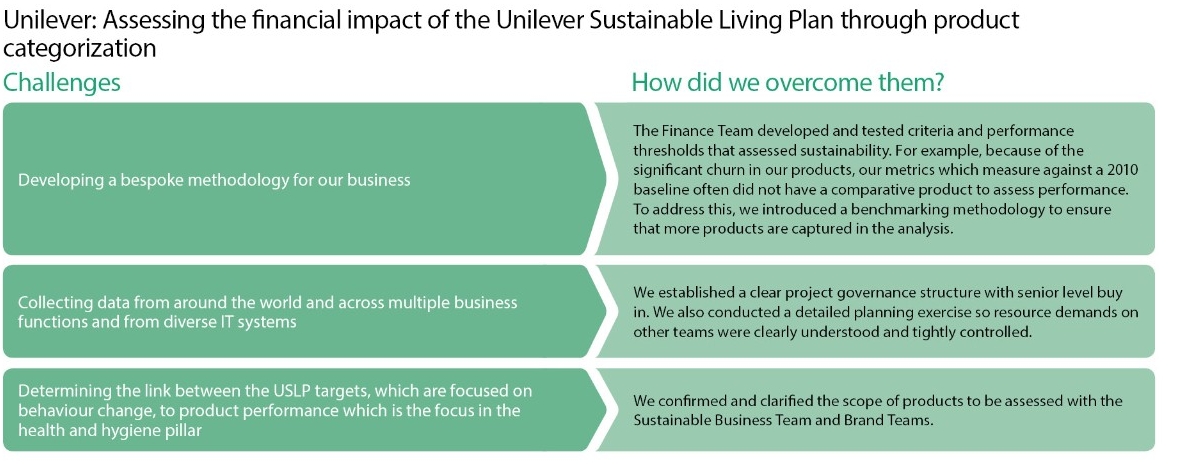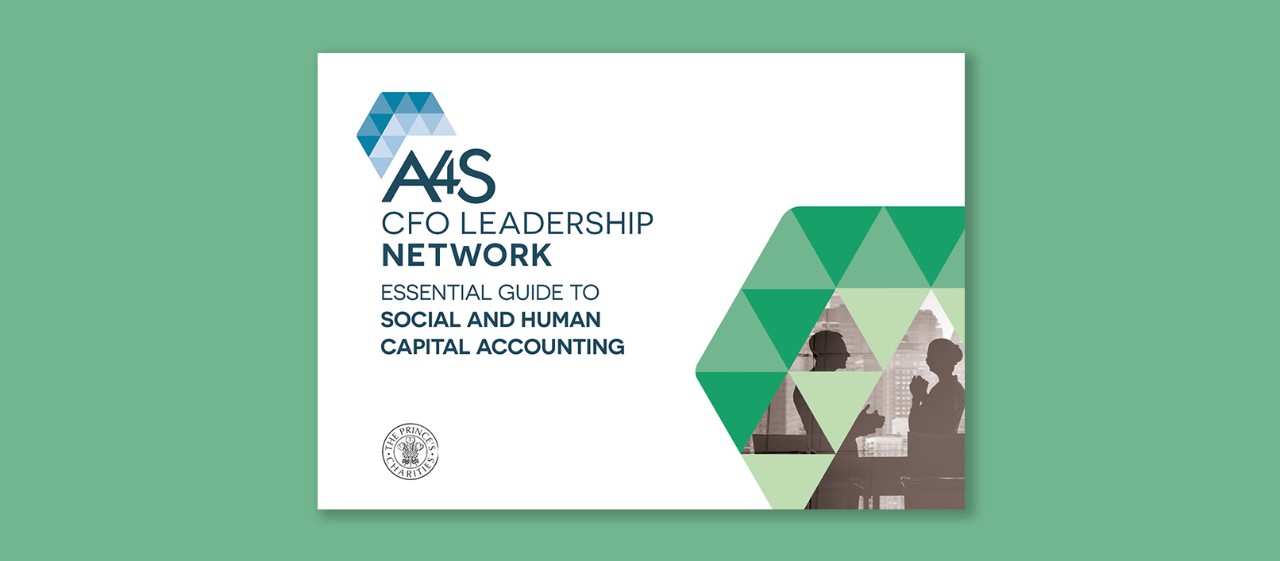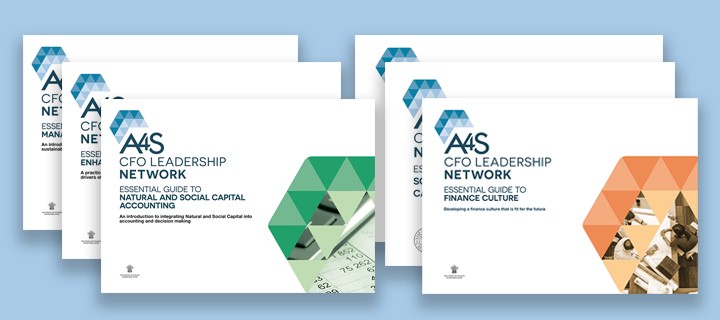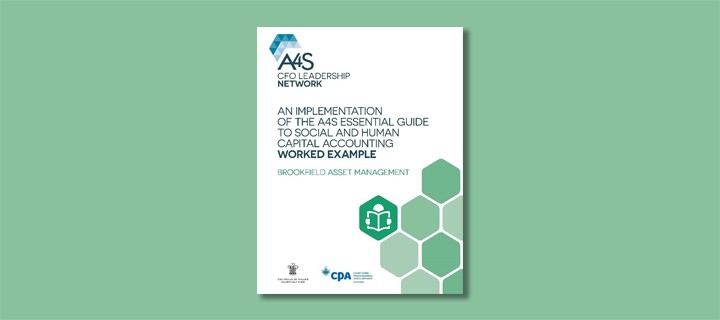Unilever: Social and Human Capital Accounting
ASSESSING THE FINANCIAL IMPACT OF THE UNILEVER SUSTAINABLE LIVING PLAN THROUGH PRODUCT CATEGORIZATION
WHY?
Following the launch of the USLP, there was growing internal and external pressure to be able to demonstrate and financially quantify the value that sustainability brings to the business. However, we lacked reliable data to convince investors of the commercial benefits of the plan. Internally, teams also wanted the means to produce credible, consistent and externally relevant information about how sustainability affects the business.
WHAT?
We created a new valuation methodology, toolkit and Key Performance Indicators (KPIs) to assess the financial impact of the Unilever Sustainable Living Plan (USLP), by using a sustainability lens to categorize products.
HOW?
We developed a methodology for categorizing products based on a ratings system. All products are assessed under the six pillars of the USLP: Health and Hygiene, Nutrition, Greenhouse Gases (GHGs), Water, Waste, and Sustainable Sourcing. A product is then rated as ‘standard’, ‘improved’ or ‘leading’.
All products categorized as improved or leading are shortlisted as potential ‘sustainable living products’.
Following internal approval criteria, the products then feed into our financial KPI reporting – allowing us to identify and externally report on our ‘sustainable living brands’, and compare the growth of these brands to the rest of the business.
How does the categorization apply to our health and hygiene products?
Products within our Health and Hygiene category are determined based on the number of people reached or litres of safe drinking water provided. We have determined this as being relevant to our personal care and home care categories.
Step 1: quantify reach of each brand and compare to target for the given year.
Step 2: categorize product as ‘standard’, ‘improved’ or ‘leading’.
To capture and consolidate the underlying data and the information necessary we developed a new tool to perform this product categorization, with the overall outcome from the tool shown below.






